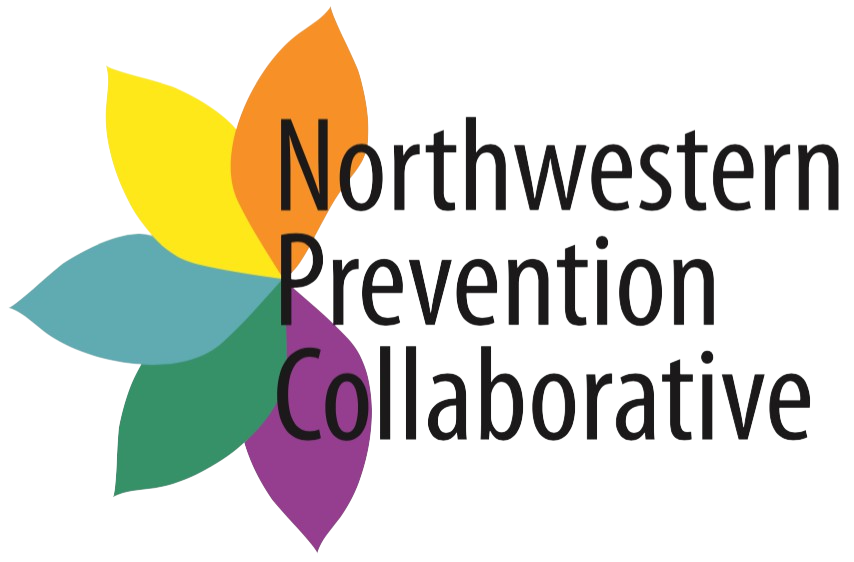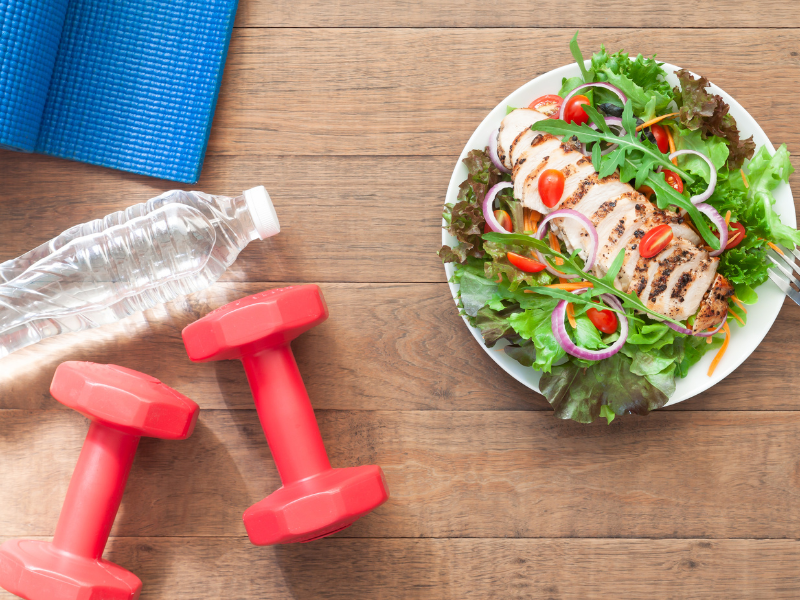Well, at the time I’m writing this, it’s the beginning of February which means I’m a little late finishing the “obligatory article” on New Year’s resolutions. In some ways, I find it strange that we often stockpile our desired goals and ambitions, only to launch them all at once like a spectacular conclusion of a fireworks show. Similar to a fireworks show, all our desires culminate in a productive first few weeks of the new year followed by a precipitous decline in willpower ending somewhere between self-loathing and denial. In the past, I’ve struggled with the pressures surrounding New Year’s resolutions which caused self-induced anxiety and an unhealthy lack of self-worth. However, I’ve made some changes this year that have greatly reduced those issues. I’d like to share some of those personal discoveries I’ve made in addition to simple evidence-based ways to build new habits. Let’s dive into science first!
Over the past couple of years, I’ve read approximately a half dozen books on habits. All of them have been helpful in some manner but sometimes the science can be overwhelming. I often thought to myself while reading, “I should have paid closer attention in my college psychology classes.” With that being said, I’d like to spare you of the graduate level concepts and vernacular.
In my pursuit of healthy habit building, I recently stumbled upon neuroscientist Andrew Huberman. I like Huberman’s work because he seems to understand that part of a scientist’s job should be to communicate their findings effectively. He’s a leading expert in his field and more than capable of scholarship, however, he’s fantastic at showing how the science of habit building plays out in daily life. If you are interested, this video is a great crash course for habit building. Huberman outlines effective ways to build and break habits based on his research. I would highly recommend that you give it a listen but first I’d like to share a concept of Huberman’s that has been working for me lately.
Limbic Friction
Huberman describes limbic friction as the energy needed to overcome anxiety, procrastination and/or fatigue. In the past, this concept has often been described as “willpower.” I never liked that term because it seemed to have character implications. When I failed at building new habits, I told myself that I was mentally weak because my willpower wasn’t strong enough to change. That line of thinking would usually cause me to make drastic changes like waking up earlier, working past exhaustion, and neglecting others.
In contrast to that, limbic friction is a calculation of what level of energy you will need to break or form a new habit. Various habits will require different amounts of energy depending on who you are and how tedious or intimidating you find those habits. It sounds like a simple insight, but if you were having trouble with burnout or failure to start new habits, this concept can be very helpful to understand, especially when coupled with this next concept.
Huberman explains that when you are attempting to build new daily habits, it is best to dissect your day in 3 different phases.
Phase 1: The first 0-8 hours after waking
Phase 2: The next 9-15 hours after waking
Phase 3: The last 16-24 hours after waking
With these phases in mind, you can arrange when you perform new habits in accordance with their limbic friction. Here’s how Huberman recommends building your daily schedule.
Phase 1: Your brain and body are more action and focus oriented in Phase 1 due to elevated dopamine, adrenaline and cortisol levels. It’s easier to overcome limbic friction. Note: We are also more prone to distraction and reflexive multitasking at this time. Don’t succumb to that. These should be the habits that require energy and focus. Setting a window for completion (e.g., 45 min of focused reading, work, etc. in Phase 1) rather than a precise start and stop time lends flexibility to your schedule. For example, you might elect to exercise or write or study “after waking but before noon,” meaning it can be done at 8 a.m., 10 a.m. or 11 a.m. but definitely in Phase 1. Of course, if you can do it at the same time each day, great, but setting a broader window of opportunity can help given busy lives. [1]
Phase 2: Leverage your naturally higher serotonin levels and lower adrenaline, and engage in habits that don’t require you to overcome much limbic friction. This is an excellent time for behaviors and thinking that can be completed with less focus. The sort that involves creative exploration is perfect: writing fiction, rough drafts, writing music, play of any kind, experimentation. Or lower-focus requirement physical pursuits. [1]
Phase 3: This is when we reset our ability to overcome limbic friction by, you guessed it, resting and sleeping. Avoid bright lights, sleep in a cool, dark room, and explore supplementation if needed. [1]
With this new model, you can map out a path to success in a way that’s customizable and most conducive to your lifestyle. It’s a simple process but realizing where to place your hardest habits throughout your day can make a huge difference in your progress! It’s been a game changer for me these past few weeks and this new year feels a bit different than the rest.
Personal Discoveries
Moreover, I’ve implemented a few tactics of my own in conjunction with Huberman’s methods.
Sharing: Many of the books I’ve read encouraged me to share my goals in an effort to make myself more accountable. This was always a bit frightening to me because it required a level of vulnerability. I didn’t want those around me to potentially see me fail at a goal that I made public. So, I seldom shared any of my goals. However, after sharing some of my goals, I’ve received nothing but support and words of motivation from those around me. It has drastically improved my accountability but not in a way that brings me pressure. Now I’m genuinely excited to display my progress.
Reasonable: For the very first time, I’ve established reasonable goals for myself. I used to shoot for the moon and be disappointed when I came up short. I know I’m capable of reaching great heights, but I was too grand in my goals. Instead of saying, “I want to be a millionaire” it’s probably more reasonable to say, “I want to be debt free.” If you can accomplish that, you are putting yourself in a better position to reach your ultimate goal.
No Timelines: I’ve refrained from putting hard deadlines on the new goals and habits I’d like to achieve. It allows me to focus more on the process and less on the destination. This has reduced my anxiety because I always feel like I’m moving towards my destination and not like I’m late getting there.
Self-improvement can seem like a daunting task, but it doesn’t have to be that way. Simple tweaks to your mindset and how you operate can go a long way. For more information on healthy lifestyle choices, don’t hesitate to read our other articles.
[1] https://hubermanlab.com/build-or-break-habits-using-science-based-tools/




Comments are closed.